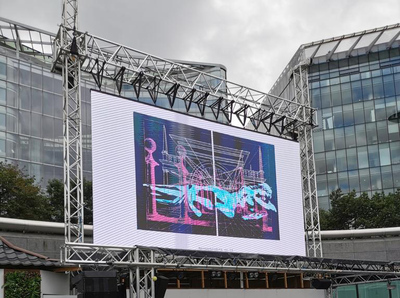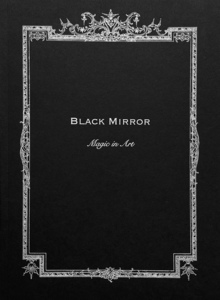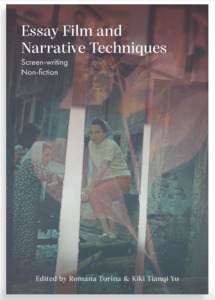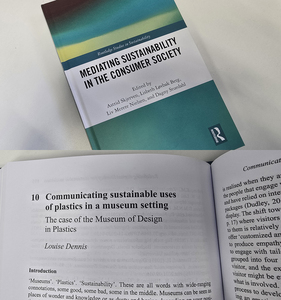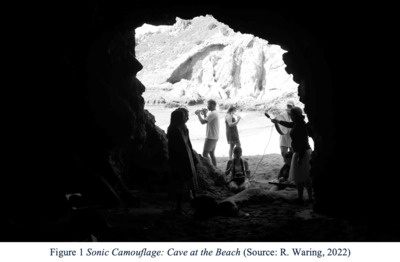The chapter examines the ways in which affect and emotion are channelled and challenged through animated documentary. Murray Smith (1995) usefully distinguishes between alignment and allegiance in his discussion of how viewers identify with what is on the screen when viewing fictional characters and scenes. But there are clearly different moral and ethical registers at play in how such feelings and alliances are mobilised in nonfiction. Once we start talking about how films make us feel, alongside how they try and persuade us to root for particular (real) people, or find their specific arguments convincing, we are also in the realm of rhetoric.
But a further problem arises if we are watching something whilst knowing that elements of it are not real, that is, that there are certain fabrications involved: the long-standing debates about how dramatisation and re-enactment can be mingled with documentary are evidence of such a problem. I have discussed elsewhere (in the anthology Drawn From Life, forthcoming, 2017) the specific problems of thinking about animated documentary as a form of re-enactment, but there is a more fundamental way in which animation foregrounds its constructed nature. Various philosophers of literature, drama and film have discussed the ‘paradox of fiction’ – that viewers will respond emotionally and authentically to something or someone they know does not exist – but animated documentary is a special case of a ‘paradox of nonfiction’: an expressive act, directly connected to real events and people, but peculiarly attenuated by its constructedness.
The idea of animated documentary as an expressive act is something I connect to a discussion of philosopher and linguist J. L. Austin’s concept of ‘illocutionary force’ in his ‘performative’ model of language. The illocutionary force of a speech act is concerned with effect and intention: it points to what something means and what you mean by saying it (in the way that you do). Animated documentary’s power, poetry and potential can therefore be understood by thinking about its illocutionary force – how it communicates and expresses certain things in certain ways. Central to the deeper understanding of animated documentary proposed by this chapter is an interrogation of how the emotional ‘charge’ of viewing something we know to be real-yet-fabricated is underpinned by a series of paradoxes that are built on belief, emotion and affect.
 |



 Lists
Lists Lists
Lists

